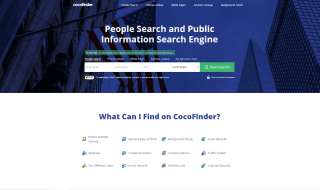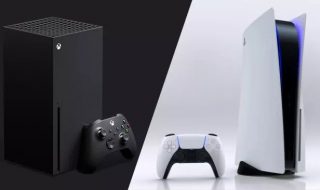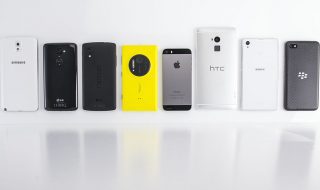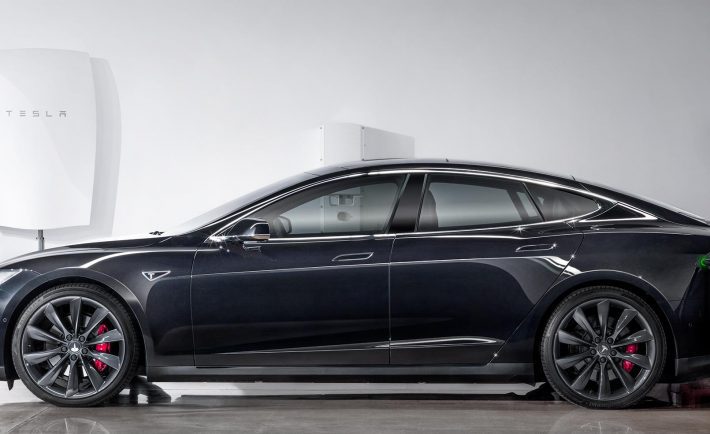
Yes, solar energy can get us off of the grid. In fact, it is already happening in some parts of the world. For example, in 2016, 10% of all electricity in Germany was generated from solar power. And in 2017, the United States installed more solar panels than any other country in the world.
There are a number of reasons why solar energy is becoming more popular. First, the cost of solar panels has been declining in recent years. Second, the technology for storing solar energy has improved. Third, governments around the world are offering incentives to encourage people to switch to solar power.
Of course, there are still some challenges to using solar energy. One challenge is that solar panels only generate electricity when the sun is shining. Another challenge is that solar panels can be expensive to install. However, the cost of solar panels is expected to continue to decline in the future. And as the technology for storing solar energy continues to improve, solar power will become an even more viable option for getting off the grid.
Here are some of the benefits of using solar energy:
- Solar energy is a renewable resource, which means that it will never run out.
- Solar energy is clean and sustainable, which means that it does not produce greenhouse gases or other pollutants.
- Solar energy is becoming more affordable, making it a more viable option for homeowners and businesses.
- Solar energy can help you to reduce your reliance on the grid, which can save you money on your energy bills.
If you are considering going solar, there are a few things you need to keep in mind. First, you need to make sure that your home or business gets enough sunlight. Second, you need to choose the right solar panels and inverter for your needs. Third, you need to have a solar system installed by a qualified installer.
Going solar is a big decision, but it can be a very rewarding one. If you are looking for a way to reduce your carbon footprint and save money on your energy bills, solar energy is a great option.
But First, this picture:

Via Wikipedia.org
In 1962, Everett Rodgers, a professor of communication studies, published a book with the scintillating title of Diffusion of Innovations. Borrowing jargon used to describe a nuclear fission reaction, Rogers claimed that once a product reached “critical mass,” once enough people purchased it, then a “self-sustaining reaction” would propel the product to its maximum market share.
Keep that in mind…
Introducing The PowerWall
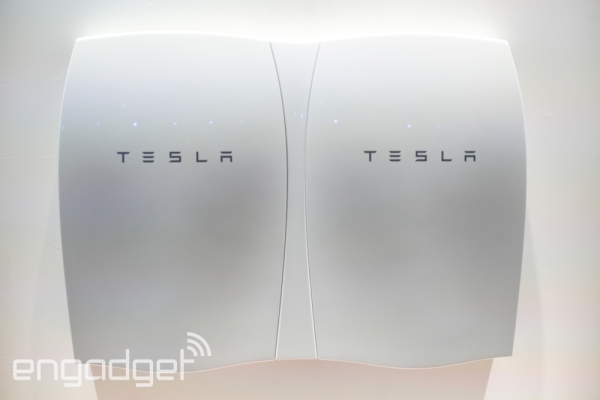
Tesla wants its Powerwall to save the grid and your bank account
On April 30, 2015, self-made billionaire and eclectic entrepreneur Elon Musk announced a new product by Tesla Motors. The product, he claimed, would slash the jugular of carbon dioxide emissions. It was a battery, a big one, a glossy bright white rechargeable lithium-ion battery called the PowerWall. Install one of these in your home, said Musk, and you can store your own energy!
It’s the same marketing principle as a home ice cream maker: Electricity when you want it, how you want it.
The announcement took place in the Hawthorne Design Studio in southern California, where Elon Musk chortled his way through a PowerPoint keynote address. The World Wide Web was soon abuzz with facts, figures and old wives’ tales masquerading as such.
Here are the pertinent details:
- PowerWall comes in two types: a 7-kilowatt daily-cycle battery, and a 10-kilowatt backup battery. The former costs $3,000; the latter, $3,500. Batteries of the same type can be wired together. Warranty is 10 years.
- Weight is approximately 220 pounds.
- The battery can be recycled at the end of its useful product lifetime, which is about 20-30 years, or once it drops to 80 percent of original charge capacity.
A Turning Point For The World’s Power
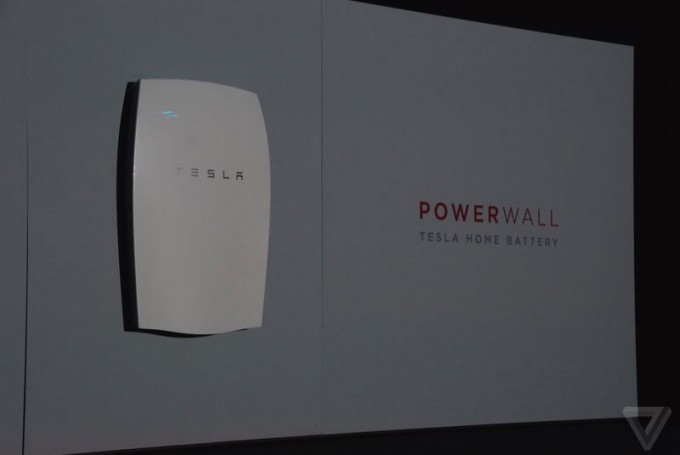
Tesla Energy is Elon Musk’s battery system that can power homes, businesses, and the world
This is not the first time Elon Musk’s companies have stirred up the hive. PayPal disrupted the banking industry; SpaceX sabotaged the good ol’ boys club of lucrative U.S. Department of Defense contracts; Tesla Motors ramrodded the global automotive sector; SolarCity, co-founded by Lyndon Rive, grew into the largest residential solar system installer and utility in the United States.
In all of these ventures, Musk has demonstrated a commitment to cleaner power. The capstone of this commitment will be the so-called Tesla “gigafactory,” a massive solar-powered lithium-ion battery manufacturing center in southern Nevada. Musk has projected that the incredible volume of batteries streaming from the plant will drive down in-house costs of battery packs by 30 percent – in the first year alone.
Oh, and one more salient fact: Tesla Motors, producer of the PowerWall battery and the hallowed Roadster and Model S electric cars, is a “cash vac.” In 2014, it lost $294 million.
Add all these things together: What’s a star-studded billionaire to do, one who loves solar power, who’s headliner company is losing money hand over first, and who just happens to be building one of the world’s largest lithium-ion battery manufacturing plants?
This just might be his biggest innovation yet.
A Revolution We Needed
Within a week of the release of PowerWall, Elon Musk happily announced, “We are sold out until sometime in 2016.” Some 38,000 customers cracked open their piggy banks – about $800 million’s worth – and RSVP’d. No money down, of course.
It’s “crazy off the hook,” said Musk.
Now, no one doubts that the PowerWall, thermal regulator and liquid cooling and integrated charge controller and all, is marvel of engineering and marketing. But neither Tesla nor Musk has the last say here. Mr. Rogers does.
In order for the Tesla PowerWall to become a “self-sustaining reaction,” it must reach “critical mass.” In other words, Tesla must sell, sell, sell and fight the hard push back from electricity and natural gas companies. Otherwise, it will fizzle out. Yet those customers, despite the initial interest, might be hard to find.
Think of it this way. PowerWall can be used three basic ways:
- The 10-kilowatt battery functions as backup power during a grid blackout or load shedding. Unfortunately, it can only deliver two kilowatts of continuous use. You can’t run a refrigerator and AC unit at the same time. You have to buy two or more batteries, and that becomes expensive when compared to a conventional gas generator.
- The 7-kilowatt battery stores power during the day, sourced from your rooftop solar system, and releases it at night. Kick the grid to the curb!
- If you don’t have a solar system, you can store energy at night, when utility electric rates are low, and use the supplemental stored energy during the day, when rates are high.
If everyone adopted a PowerWall battery, if communities pooled resources and purchased a local PowerWall battery bank, then the national electric grid would be changed forever. No more inefficient “peaker plants.” No more eye-watering rate hikes. The grid would become a traffic controller, borrowing stored energy from one empty home and mailing it to the next, where there’s a Sweet 16 slumber party going on. With all electricity generated by the sun and stored in recyclable PowerWalls, it could sound the death knell for fossil fuels.
Electricity how you want it, when you want it.

